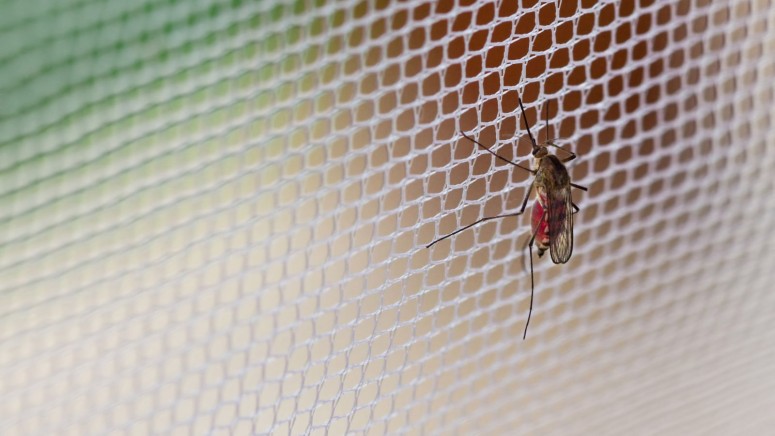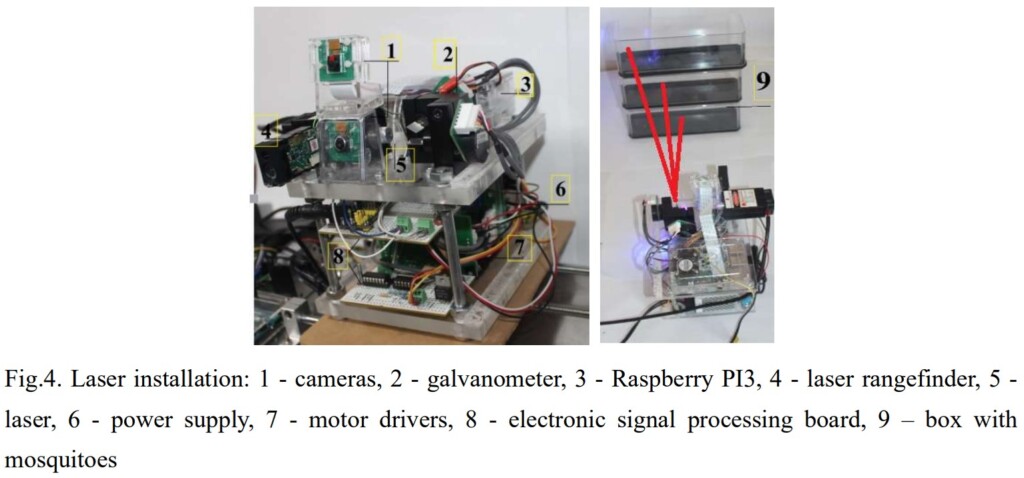
A Researcher Is Making an Automated Laser-Based Mosquito Zapper
- A Ph.D. researcher from Russia is developing an automated mosquito zapper that uses relatively cheap hardware.
- The system relies on using a pre-trained AI that can run on weak boards like the Raspberry Pi 3 B+.
- The zapper's success ranges between 50% and 75%, but it could be optimized further.
Maker Ildar Rakhmatulin, Ph.D. at the South Ural State University, is creating a Raspberry Pi-based tool that is capable of detecting and zapping mosquitoes with a laser beam. The system relies on an AI-based machine learning system that can identify mosquitoes and track them as they fly around in real-time. To direct the laser with accuracy towards the dreaded insect, Rakhmatulin is using a high-precision galvanometer.
The inventor has actually trained the AI using the GeForce GTX 1060 6GB GPU combined with a Ryzen 5 3600 CPU. This system did all the heavy calculations and analyzed the live video feed pixel by pixel, not only to identify a flying mosquito but also to predict where it’ll go next based on common patterns of flying.
Now, a humble Raspberry Pi 3 B+ can run the software and control the camera module (Sony IMX219 Exmor) and the rest of the system's indispensable elements. That would include the 1 Watt laser, the rangefinder, the motor drivers, the signal processing board, and a power supply, of course.
Certainly, this isn’t as cheap as a plain UV-light mosquito zapper, but it isn’t “exotic” either. For an automated system of such practical usefulness, we’re sure that many people would be willing to spend the extra. Also, if the AI is optimized further, the system could be simplified and made to use even more inexpensive parts. All in all, we could have a reliably working, fully automated, and inexpensive laser mosquito buster in a few years.
In the not-so-distant past, engineers were using surveillance camera feeds and open-source libraries like OpenCV to develop systems that could detect birds flying near airports and deter them with sound from speakers. Back then, neither any link of the hardware chain nor the software itself was ready to undertake the role of detecting mosquitoes. And yet, here we are today, less than a decade later, having the technology and the tools to detect and to persistently track the slender flier who is responsible for spreading so many deadly diseases.
The researcher doesn’t have any funding yet, and he has openly released several details of his work for anyone to copy them and create a similar contraption. Rakhmatulin says the way the system works right now, it takes about 1 second to detect a mosquito, and the success of tracking its flight patch ranges between 62% and 76%. Finally, after hitting the insect with a laser pulse, the survival rate ranges between 50% and 75%.








